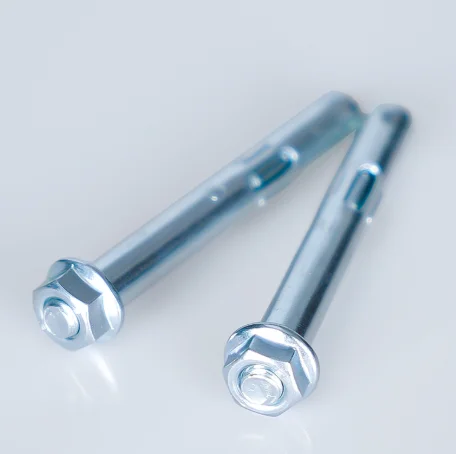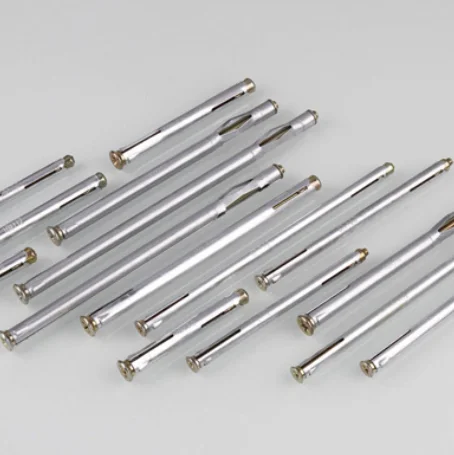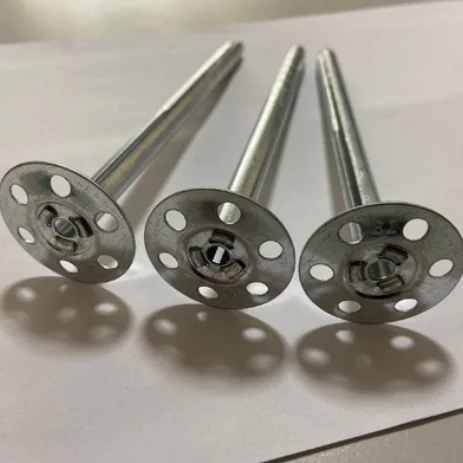caTEGORIES
Tags
Material Factors That Affect Shield Anchor Strength

Posted: September 25, 2025
Categories: News
When contractors talk about fixings that must hold under pressure, shield anchors are usually high on the list. They’re used in everything from fastening heavy steel frames to securing insulation layers in modern buildings. But here’s the thing: not all anchors behave the same way once they go into concrete, block, or brick. The strength of a shield anchor isn’t just about the piece of metal itself—it’s also about the material it sits in, the steel grade it’s made from, the finish on the surface, and even how the installer drills the hole.
At Qewitco, we’ve seen countless projects across Europe and Asia where a small decision in material selection made the difference between a reliable fixing and a headache down the road. So let’s take a closer look at the real factors that affect how strong a shield anchor will perform.
What role does base material play in shield anchor performance
Concrete density and compressive strength
Concrete is not just “concrete.” High-density concrete with a compressive strength of 30 MPa or more will grip a steel sleeve anchor tightly, offering higher pull-out resistance. In contrast, older, low-grade concrete may crumble around the expansion sleeve. That’s why on high-rise projects in Germany, we’ve seen engineers specify larger embedment depths when using Qewitco’s Steel Sleeve Anchors Gr. 4.8 Hex Flange Nut Type, simply to compensate for weaker concrete pours.
Masonry variability and installation tolerance
Brick and block walls are unpredictable. One block may be solid, the next may have voids or thin webs. Metal frame anchors work well here because their design spreads the load across the hole, but it’s still wise to expect variability. I once walked through a site in Milan where two anchors in identical hollow bricks gave different results during pull-out testing—one held firm, the other cracked the surface. That’s the nature of masonry, and why installers should always test a few samples first.
Compatibility with lightweight blocks and hollow substrates
Lightweight aerated blocks are common in modern residential builds. Standard heavy-duty sleeve anchors can blow them apart. Instead, lighter-grip products like Metal Frame Anchors are more suited, distributing the force without shattering the substrate. Choosing the right anchor for the right base is half the battle.

How does steel grade influence shield anchor durability
Mechanical properties of Gr. 4.8 steel sleeve anchors
Steel grade matters more than most people think. Qewitco’s Gr. 4.8 anchors offer balanced tensile strength without being overly brittle. They’re reliable for medium to heavy fixtures like guard rails or machinery bases. Push the grade higher, say 8.8, and you get more strength, but also a risk of cracking under sudden load if the substrate fails first. It’s all about matching steel grade to the job.
Corrosion resistance of carbon steel and stainless steel options
A carbon steel anchor with a zinc coating will do fine indoors, but outdoors it’s a gamble. Stainless steel versions, like Qewitco’s A2 or A4 fasteners, resist corrosion in damp or coastal areas. A contractor in Rotterdam once told us he lost two weekends replacing rusted anchors on a waterfront project because the spec was “just steel.” That lesson sticks.
Long term load retention under vibration and stress
Anchors aren’t always sitting still. Think about HVAC units, generators, or balcony rails—there’s vibration, micro-movement, wind stress. Over time, a low-grade steel anchor may creep or loosen. Higher grade alloys, tested for fatigue, keep their bite longer. It’s not glamorous, but those small details make structures last.
Why does anchor design shape affect load transfer
Expansion mechanism in steel sleeve anchors with hex flange nut
The classic sleeve anchor expands as the nut tightens, gripping the walls of the hole. Qewitco’s Hex Flange Nut Type design spreads that pressure evenly, so the load doesn’t focus on a single point. This design makes them popular for securing heavy brackets in commercial warehouses.
Load distribution in metal frame anchors
Metal frame anchors, by contrast, use a longer sleeve that channels the load along the depth of the hole. This avoids edge cracking in thin walls. They’re handy when fixing door and window frames, where appearance matters as much as holding power.
Insulation fastening stability with metal nail anchors
Metal Insulation Nail Anchors are a bit different: they use a hammer-in nail to lock insulation boards against concrete. Here, strength is about surface pressure, not deep pull-out. The design gives stable, wide-area pressure so insulation panels don’t sag or slide over time.

What is the impact of surface finish on anchor reliability
Zinc plating and corrosion protection in humid conditions
Most of Qewitco’s standard anchors come zinc plated. It’s a simple, affordable protection that holds up in basements, garages, and dry indoor areas. But leave them in a damp tunnel or a food-processing plant and you’ll soon see white rust.
Hot dipped galvanised coatings for outdoor applications
For outdoor use, hot dipped galvanised coatings add thicker protection. A sleeve anchor with HDG finish can survive thousands of hours in salt spray tests. That’s why many UK infrastructure projects now call for HDG-finished fasteners on bridges and rail installations.
Surface treatment influence on embedment friction
Surface finish also changes friction. A smoother finish might make installation easier but slightly reduce initial grip, while a rougher finish adds bite. It’s a detail often overlooked, but anyone who’s driven an anchor into a dusty hole will notice the difference.
How does installation method affect holding strength
Correct drilling and hole cleaning procedures
A shield anchor is only as good as the hole it sits in. Drill too wide and the anchor won’t expand properly. Forget to clean dust, and the sleeve can slip. On one site in Prague, pull-out results doubled just by vacuuming holes before installation—simple but real.
Torque control during tightening of flange nuts
Over-tightening is a common mistake. Installers may think “tighter is better,” but torque beyond the spec can crush the sleeve or crack the substrate. Qewitco provides torque guidelines with its Gr. 4.8 anchors, and sticking to them makes the difference between a secure fix and a failed one.
Avoiding over-tightening and anchor deformation
It’s worth repeating: anchors are not car wheel bolts. Once deformed, they lose holding power permanently. A calibrated wrench saves money and rework.
Why does anchor sizing matter for secure installation
Diameter and embedment depth for heavy duty applications
Bigger isn’t always better, but size does matter. A 12 mm diameter sleeve anchor set 70 mm deep in strong concrete can hold substantial loads, while a 6 mm anchor might only support light fixtures. Always balance load requirement with size and embedment.
Length selection for metal frame anchors in variable walls
Wall thickness varies, especially in refurbishment projects. Metal frame anchors come in multiple lengths, and choosing too short means the sleeve won’t grip; too long and it may protrude awkwardly. Measure twice before drilling.
Matching insulation thickness with nail anchor dimensions
Insulation boards vary from 40 mm to 120 mm thick. Metal nail anchors are supplied in different lengths to suit. If the nail is too short, the board will flex; too long, and it may puncture deeper layers. It’s a detail that installers quickly learn to respect.
How can ongoing inspection enhance anchor safety
Periodic load testing and visual checks
Anchors don’t live forever. Regular load testing on critical fixtures like safety rails helps spot weaknesses. Even a quick visual check for rust, cracks, or loosened nuts can prevent bigger issues.
Monitoring environmental exposure and coating wear
A zinc finish may last 5 years in a dry warehouse but only 18 months near a coastal site. Keep an eye on coatings—when they dull or peel, the metal underneath is next.
Replacement planning for high load bearing applications
High load anchors in public areas should have a replacement cycle, even if they “look fine.” It’s like changing tires before they go bald—cheap insurance against failure.
FAQ
Q1. Can I use steel sleeve anchors in hollow brick walls?
A: They’re not ideal. Hollow substrates may crack or fail to grip. Metal frame anchors are usually the better choice.
Q2. How do I know which finish is right for my project?
A: Indoors with low humidity, zinc plated anchors are fine. Outdoors or near water, go for hot dipped galvanised or stainless steel.
Q3. Do Qewitco anchors come with test certificates?
A: Yes. Qewitco provides certificates like ISO 9001, 3.1 certification, and additional inspection reports on request, so contractors can trace quality and compliance.


